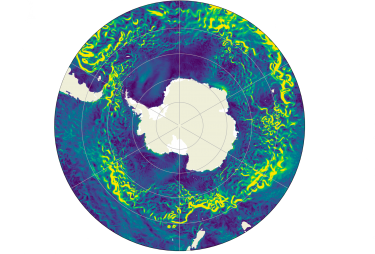
Sciences & Technology
The world’s most powerful ocean current could slow by 2050
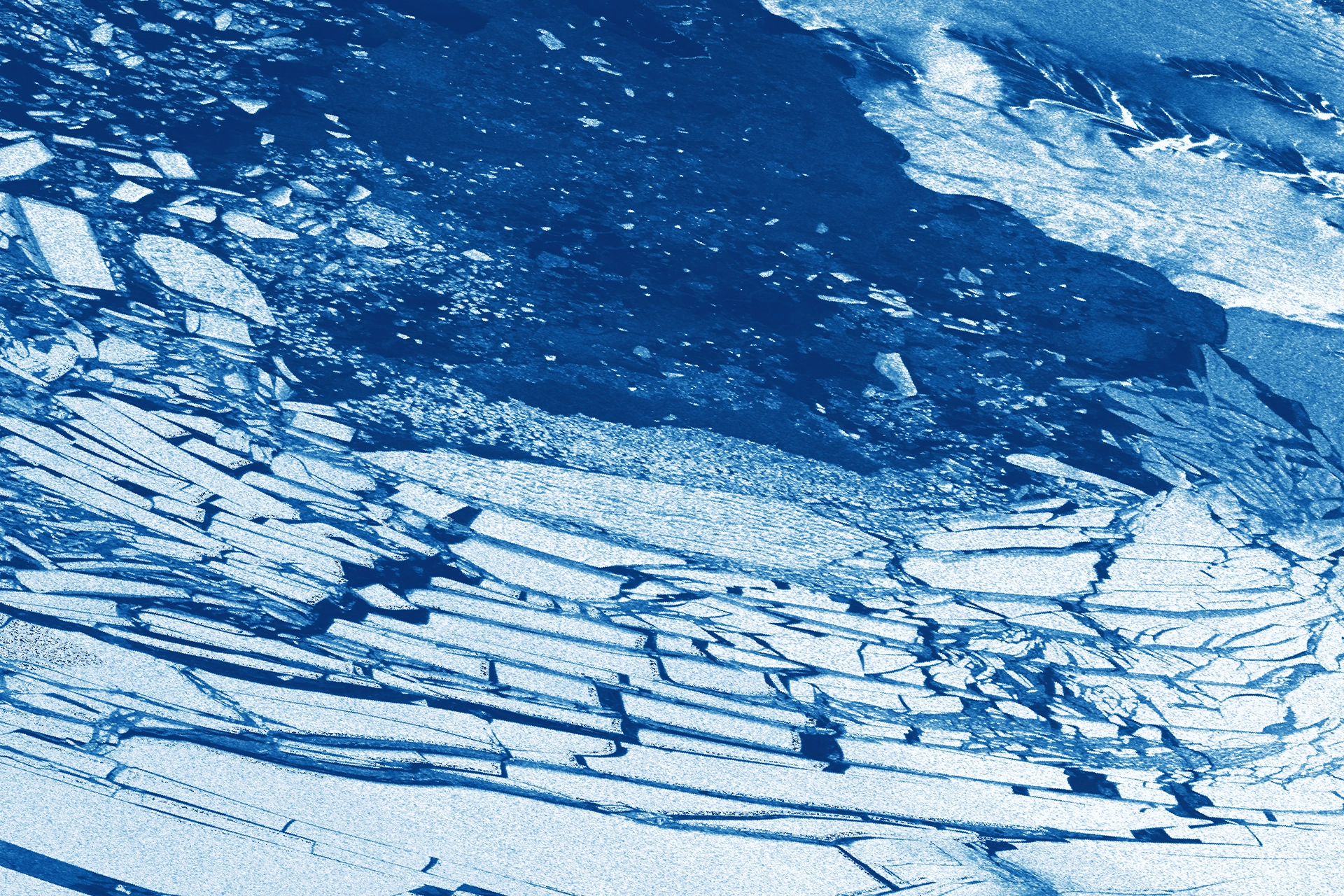
When sea ice retreats, damaging ocean waves can break already weakened Antarctic ice shelves
Published 1 July 2025
Global sea levels are rising as oceans warm and continental ice sheets melt.
This will change the way we live in the future, but there are deep uncertainties about how fast sea levels will rise as the Earth gets warmer.
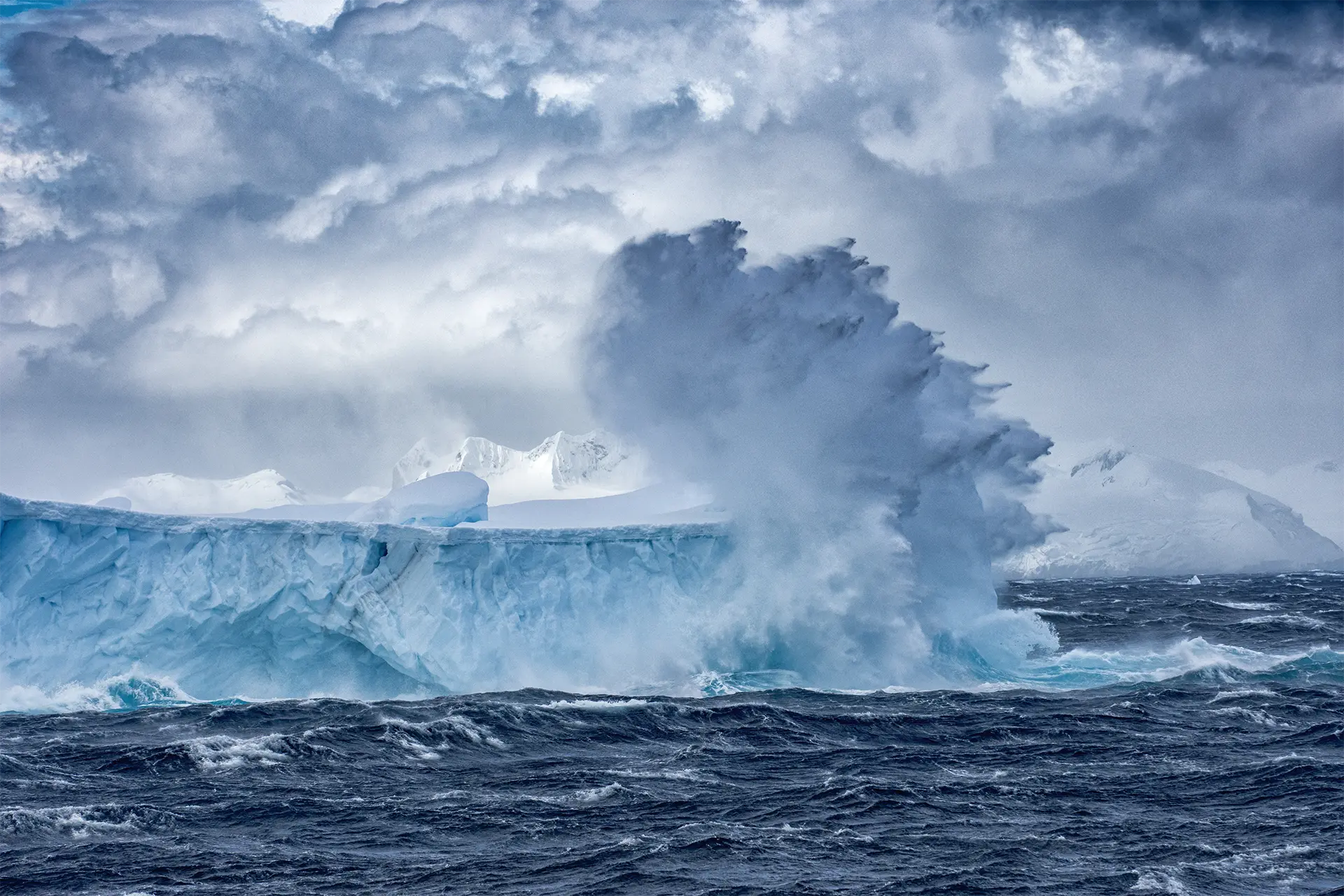
The Antarctic Ice Sheet is the thick layer of ice that sits on top of Antarctica and holds enough freshwater to raise sea levels by over 50 metres. It has the greatest potential to push future sea levels far above current best estimates.
However, transporting the frozen water from the ice sheet to the ocean is usually slow – glacial, you might say.
This slow process involves the Antarctic Ice Sheet flowing towards the coastline through a network of glaciers. At the coastline, the glaciers flow onto the ocean surface, creating floating platforms known as ice shelves that are typically hundreds of metres thick and can be the size of countries.
The ice is then lost to the ocean through gradual melting of the ice shelves from below and icebergs ‘calving’ away from their ocean-facing boundaries.

Sciences & Technology
The world’s most powerful ocean current could slow by 2050
In a stable climate, the Antarctic Ice Sheet has ‘mass balance’, with gains from snowfall over Antarctica equalling loss from ice shelves.
But warming temperatures are forcing ice shelves to melt more rapidly and calve more frequently.
Although this does not directly increase sea levels (as the ice shelves are already floating on the ocean), it reduces the ability of ice shelves to push back against glacial flow into the ocean – which does raise sea levels.
This means the fate of ice shelves is a key factor to predict future sea levels.
Over the past few decades, satellite images have allowed us to witness alarming calving events, where huge chunks of ice shelves broke off (calved) into a collection of icebergs.
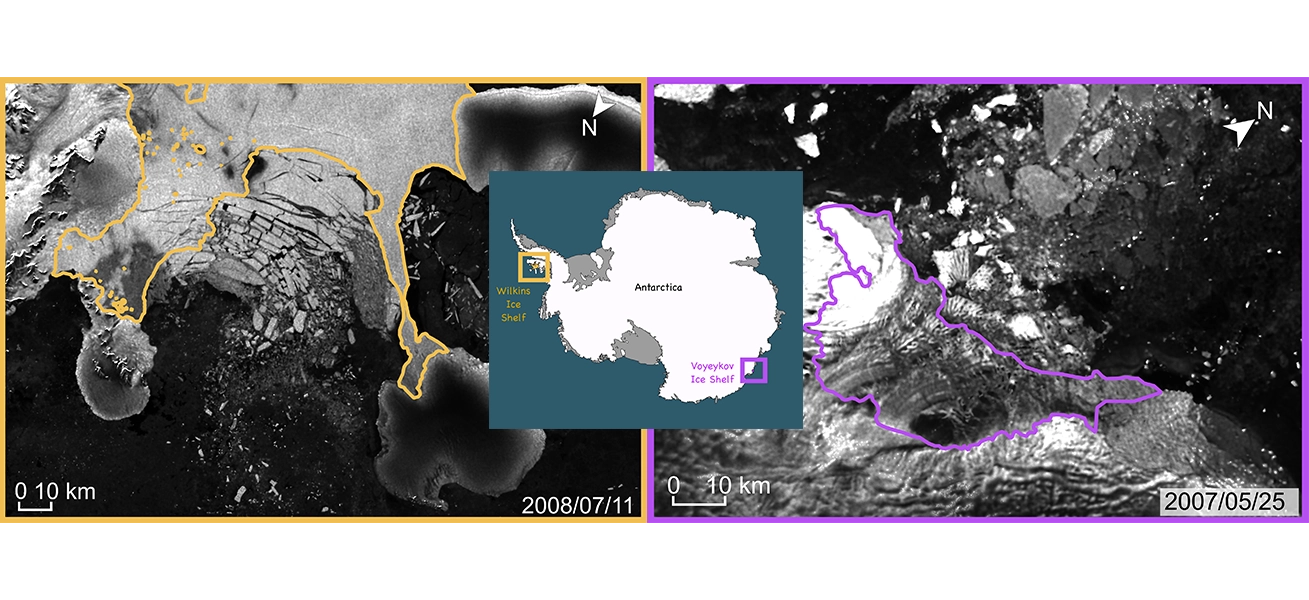
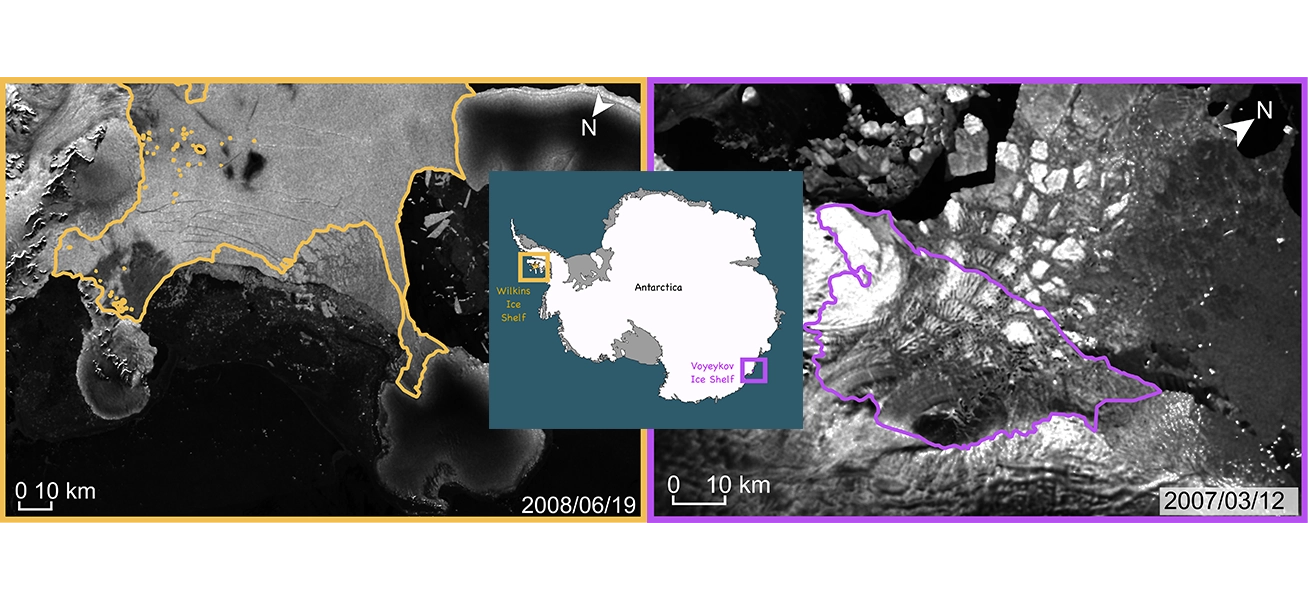
Satellites captured major ice shelf calving events on opposite sides of Antarctica. The orange and purple lines show the extent of the ice shelf – slide to the left for before, and to the right for after. Pictures: Supplied
These events happened to ice shelves that had already been visibly weakened by warming temperatures. But the ice loss did not happen gradually as we might expect.
Instead, huge amounts of ice were lost over a matter of days to weeks, and even, in some cases, during winter.
Previous research has shown that these large-scale calving events are related to the loss of another form of floating ice, known as sea ice.
Sea ice is the frozen ocean surface surrounding the Antarctic coastline (as opposed to the ice shelf, which is land ice that has flowed onto the ocean).
It’s typically only a few metres thick but it covers millions of square kilometres of the ocean surface and creates a protective barrier to ice shelves from the open ocean to the north.
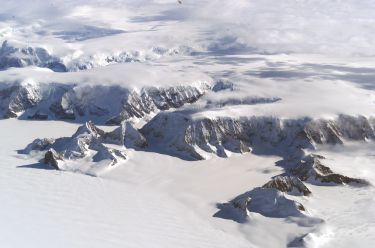
The sea ice barrier buffers ice shelves from the ferocious ocean waves that characterise the Southern Ocean.
Without this barrier, long ocean waves known as swell can reach pre-weakened ice shelves and flex them until they break.
Although sea ice expands and contracts with the seasons, in one of the world’s most striking seasonal cycles, it usually remains an effective barrier to ocean swell, except for a relatively short period around the summer.
Our new study, published in Nature Geoscience, has for the first time tracked ice shelf, sea ice and ocean wave conditions over multiple years in the lead-ups to three large-scale calving events on opposite sides of Antarctica.
We found long periods of sea ice loss surrounding the ice shelves in the six to 18 months prior to calving, as well as the collapse of the ‘landfast’ sea ice attached to the ice shelves only weeks prior to the calving events.
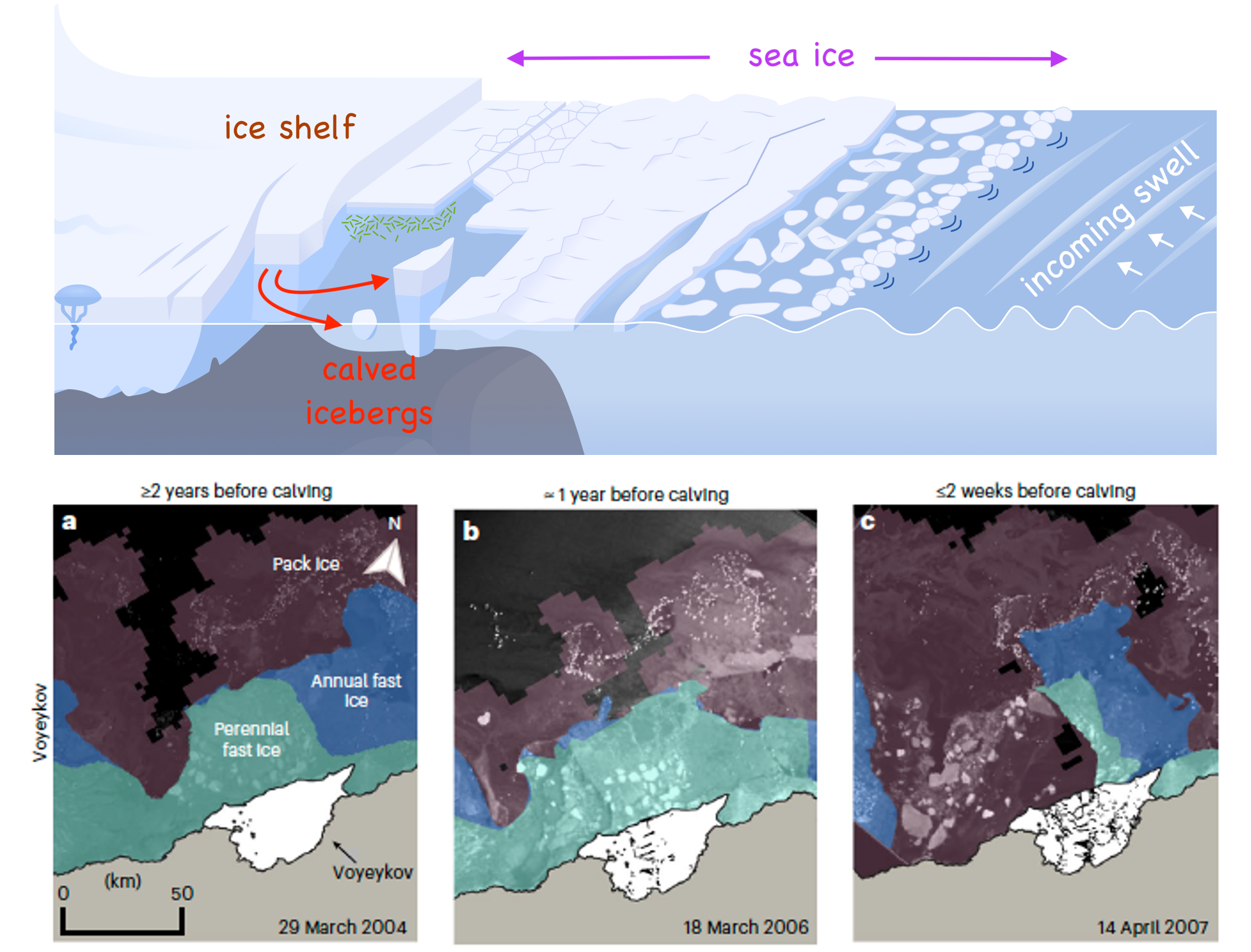
We also developed a mathematical model to quantify the ice shelf flexure.
Our modelling found that when the surrounding sea ice was reduced or absent then ocean swells amplified the flexure well above expected levels and for prolonged periods in the lead-ups to the calving events.
There is currently no observation system for routinely recording ocean waves in Antarctic sea ice and ice shelves.
So mathematical modelling is essential to quantify the connection between the observed swell and ice conditions with the response of the ice shelves.
For many years, Antarctic sea ice baffled scientists by seemingly withstanding warming temperatures.
However, we now appear to be in a new era of sea ice retreating at an unprecedented rate all around Antarctica.
Our work suggests this will put further pressure on ice shelves that have already been thinned and weakened.
In fact, it could lead to more large-scale calving events, with profound implications for the future of global sea levels.